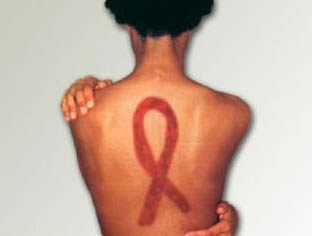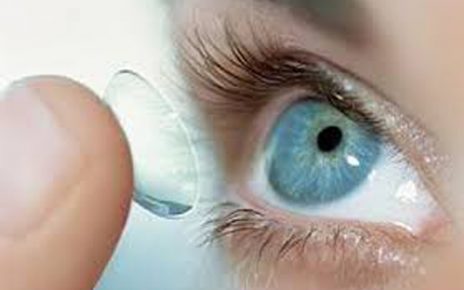At present days HIV infections have spread to every country in the world. About 40 million people are now living with HIV infection, and more than 25 million have already died from this fatal disease. Once the virus transmitted into a body it kills or damages cells of the body’s internal immune system. Adult people infected with this virus especially those whose age is between 25 and 54 are more prone to bone fractures compared to the general people without having HIV, a new study reveals.
The HIV patients generally suffer from low bone mineral density, but there is not much data available on bone fracture rates in this type of patients.
In this study, researchers have shown a comparison of the rate of bone fractures in 5,826 HIV patients during 2000 to 2008 and common U.S. population without HIV infection between 2000 and 2006. The annual rate of bone fracture was between 1.98 and 3.69 times high among the HIV patients.
The research was published in Mar. 11 in the journal Clinical Infectious Diseases.
In a recent report published in BusinessWeek, we found that Dr. Benjamin Young, the study author of the Rocky Mountain Center for AIDS Research, Education and Services in Denver is saying, “We confirmed that several established risk factors for fracture, such as age, substance abuse, hepatitis C co-infection and diabetes were associated with fractures among HIV-infected patients.” He also adds, “This study also highlights for the first time a potential association between fracture risk” and CD4 cell count. (CD4 cells are immune system cells that HIV infects and destroys.)
According to Young the research findings support the requirement to build up guidelines that deal with testing and correcting the transformable grounds of low bone mineral density and fall risk. Hope Young’s findings help to minimize the problem of bone fractures among the HIV infected Adults.




